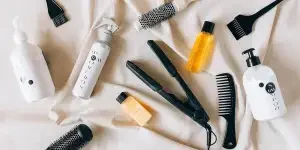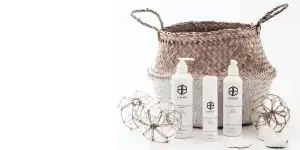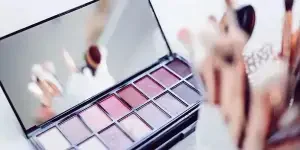Patches are poised to ascend in the skincare and wellness realms come 2024. Offering focused solutions, playful aesthetic, and sustainability, patches present opportunities across beauty categories. This article will dive into the top trends propelling patch popularity, spotlight innovative offerings, and provide actionable insights to capitalize on this burgeoning trend. In a sea of exhaustive rituals and unattainable self-care, patches provide accessible, supplemental support. With smart branding and development, patches can empower people to embrace simple solutions while having fun along the way.
Table of Contents
1. Wellness with ease: Simplified solutions through patches
2. Positivity speaks volumes: Celebrating skin individuality with patches
3. Innovations under the: Sun New technology for safe sun practices
4. An eye for skincare: Targeted rejuvenation in patch form
5. Final thoughts
Wellness with ease: Simplified solutions through patches

As the pursuit of wellbeing expands, people seek simplified supplemental solutions. Wellness patches provide targeted relief through transdermal delivery, acting as “biohacks” for wellness and performance.
With extensive self-care rituals often unattainable, patches offer accessible options. Amid the ongoing turbulence of modern life, many desire support for mental health and stress management. Patches utilizing aromatherapy principles will gain traction for delivering uplifting scents and promoting mindfulness. For example, aromatherapy brand Subtle Energies’ Rasayana Patch promotes energized focus through Ayurvedic oils.
Additionally, patches tackling overlooked health concerns will prove valuable. Offering discreet, holistic solutions, patches for issues like menopause or menstrual discomfort will appeal to those wanting natural options. Brands such as Genexa and The Honey Pot Company address women’s wellness through ingredient-conscious patches.
Rather than aiming to replace rituals, wellness patches act as beneficial supplements. With limited time for extensive self-care, people want convenient and cost-friendly additions to support their goals. By providing science-backed solutions in simplified formats, wellness patches can enhance wellbeing in bite-sized steps.
Positivity speaks volumes: Celebrating skin individuality with patches
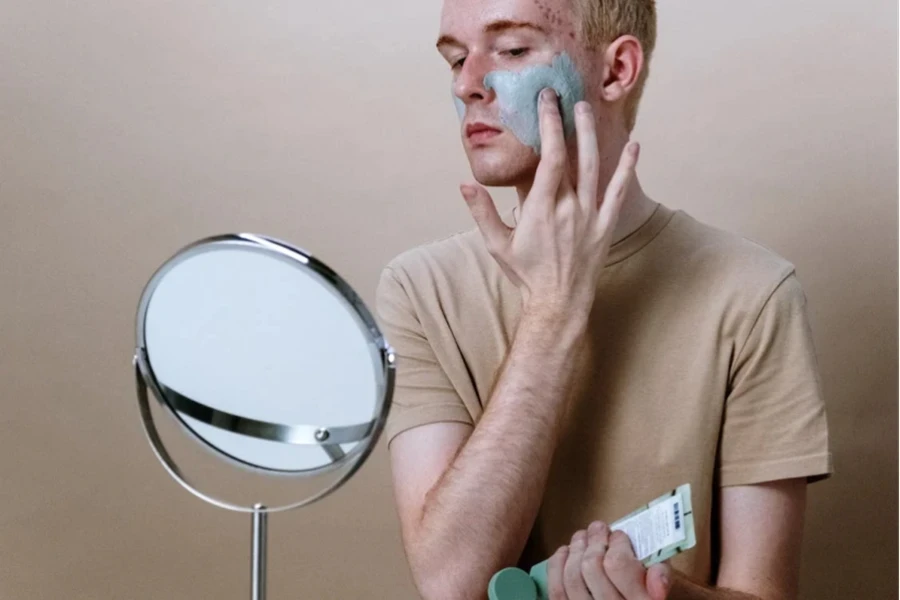
Pimple patches are taking the spotlight, offering effective solutions while promoting skin-positivity. Initially popularized in South Korea, these acne-targeting patches deliver ingredients directly to blemishes while protecting from irritation. Playful designs and messaging aim to destigmatize acne.
For example, brands like Starface and Hero Cosmetics feature whimsical shapes and packaging with uplifting slogans like “zit happens.” This celebrates acne as a normal part of life, reflecting rising skin-positive attitudes. TikTok is flooding with skin acceptance content under hashtags like #skinpositivity.
Patches go beyond just pimples too. Brand Fur tackles ingrown hairs through microdart patches allowing for targeted application. Extending spot-targeting tech to other concerns provides effective solutions for all skin types.
However, sustainability will need addressing as single-use formats prevail. Opting for biodegradable materials or reusable patches are opportunities. Dieux offers durable hydrogel eye patches that last up to 30 uses. Adding reusable, skin-kind ingredients also fits with the clean beauty movement—a win-win for brands.
Overall, fun branding plus skin science positions pimple patches to promote positivity. As skincare meets self-care, patches provide an upbeat twist on problem-solving for all ages.
Innovations under the sun: New technology for safe sun practices
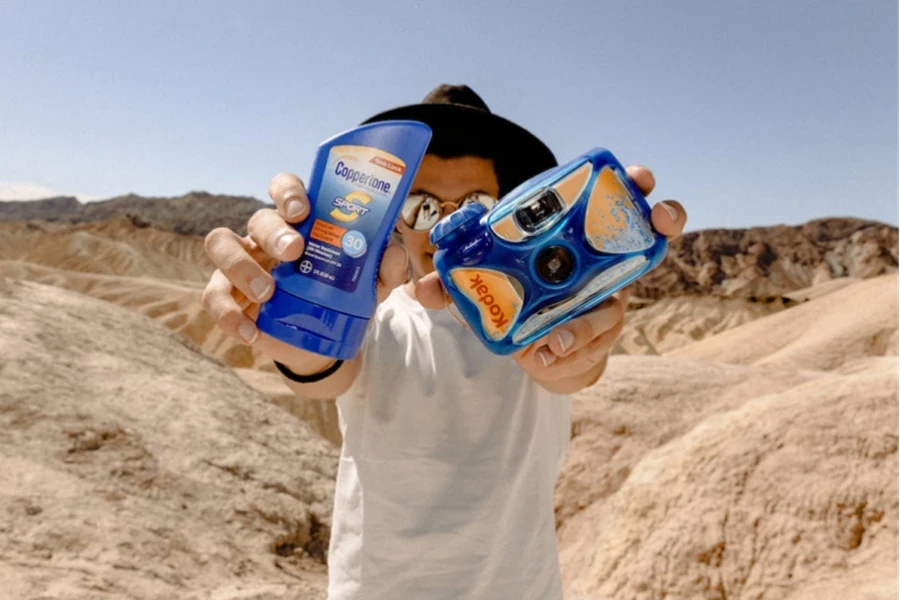
As awareness of sun safety grows, brands are responding with innovative patches to protect and inform. The global suncare market continues expanding as education increases, creating opportunities.
Targeted sun patches allow for protection of sensitive areas like around eyes or on cheeks where makeup slides. Breathable and sweat-proof, these patches suit outdoor activities. Brands like Shionle and GolfDoesMatter cater to outdoor enthusiasts in Asia-Pacific markets.
Additionally, technology can teach safe sun habits through patches with built-in UV detection. Kinlò offers hydrating sun stickers that change color upon overexposure, directing when to reapply protection. These photographer-founded stickers are suitable for all skin tones.
For in-depth tracking, My UV Patch by La Roche-Posay is an ultra-thin sensor that monitors UV exposure levels over several days. Users can then adjust protection accordingly, making it a powerful educational tool.
However, limits exist. Critics argue detection technology can provide a false sense of security. Combining patches with continued safety practices is key. Fostering awareness of how factors like clouds still permit 90% of UV rays to pass through is important.
With innovation and education combined, suncare patches present opportunities. Still, promoting overall sunlight moderation and protection remains vital for whole-body wellness.
An eye for skincare: Targeted rejuvenation in patch form
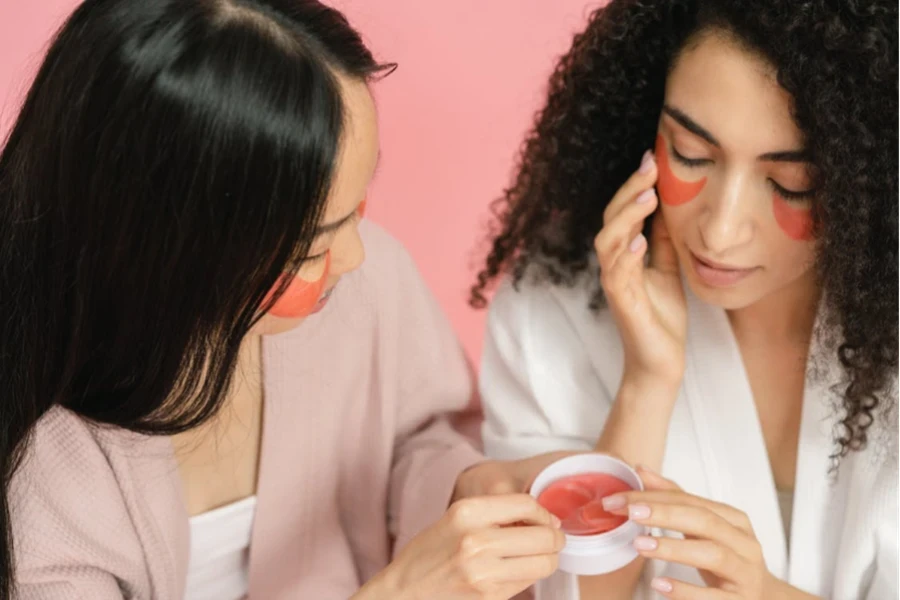
Patches are proving popular for targeting skincare concerns and enhancing routines. Especially for issues like fine lines or dark circles, topical patches deliver ingredients directly where needed. Both skincare veterans and newcomers find these fuss-free formats appealing.
Under-eye patches tackle tiredness and puffiness in a flash. Brands like Patchology and Wander Beauty offer hydrogel and collagen-infused options to refresh eyes pre-Zoom. For issues like hyperpigmentation, Faded formulates with melanated skin specifically in mind.
Wrinkle patches also aim to smooth and prevent fine lines using gentle compression. However, efficacy claims are debated. Still, as a low-risk option before investing in expensive procedures, silicone anti-aging patches intrigue consumers.
Sustainability is front of mind, driving reusable and reduced-waste patches. Haeckels’ compostable eye masks and Dieux’s durable hydrogel both keep landfill impact low without compromising on ingredients.

While single-use formats prevail for efficacy, reusables present opportunities. With smart patch placement and quality materials, skincare goals need not conflict with eco-values.
Ultimately, positioning patches as supplements provides flexibility. Instead of disrupting routines, they can gently enhance without pressure to overhaul regimens. Meeting skincare needs while keeping things simple allows patches to aid overall wellbeing.
Final thoughts
Patches present an opportunity to provide targeted solutions while having fun with design and sustainability. Investing in compostable or reusable materials, promoting skin-positivity, tackling overlooked concerns, and utilizing technology can help retailers capitalize on this trend. Most importantly, positioning patches as supplements rather than replacements will allow them to enhance rather than disrupt existing routines. With smart branding and product development, retailers can empower consumers to embrace patch power in 2024 and beyond.
